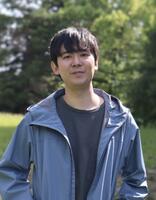Research Experience
-
2024.04-Now
Waseda University Faculty of Human Sciences Assistant Professor
-
2023.04-Now
Tokyo Metropolitan University
-
2023.04-2024.03
Waseda University Faculty of Human Sciences
-
2022.04-2023.03
Japan Society for the Promotion of Science Research Fellowship for Young Scientists (DC2)
-
2021.04-2023.03
Waseda University School of Human Sciences, e-school Educational Coach
-
2022.04-2022.09
Tokyo Seitoku University Part-time Lecturer



Click to view the Scopus page. The data was downloaded from Scopus API in September 28, 2025, via http://api.elsevier.com and http://www.scopus.com .